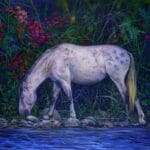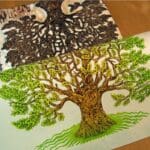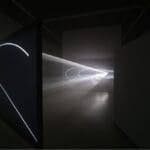Featured image: The praedia of Julia Felix. Photo: Luigi Spina, courtesy of the J. Paul Getty Museum.
Life in Pompeii has long captured imagination since Mt. Vesuvius erupted nearly 2,000 years ago, coating the Italian city in ash and soot—yet, remarkably, not entirely destroying its striking art and architecture. A recently released book, sure to spark wanderlust, is now providing a behind-the-scenes look at the once vibrant metropolis.
In 2019, Italian photographer Luigi Spina was given unprecedented access to the ancient city by the Archeological Park of Pompeii, which commissioned him to photograph the World Heritage site. His work is now compiled in Inside Pompeii, published by the J. Paul Getty Museum.
Read the original article here… and return to share your comments below.

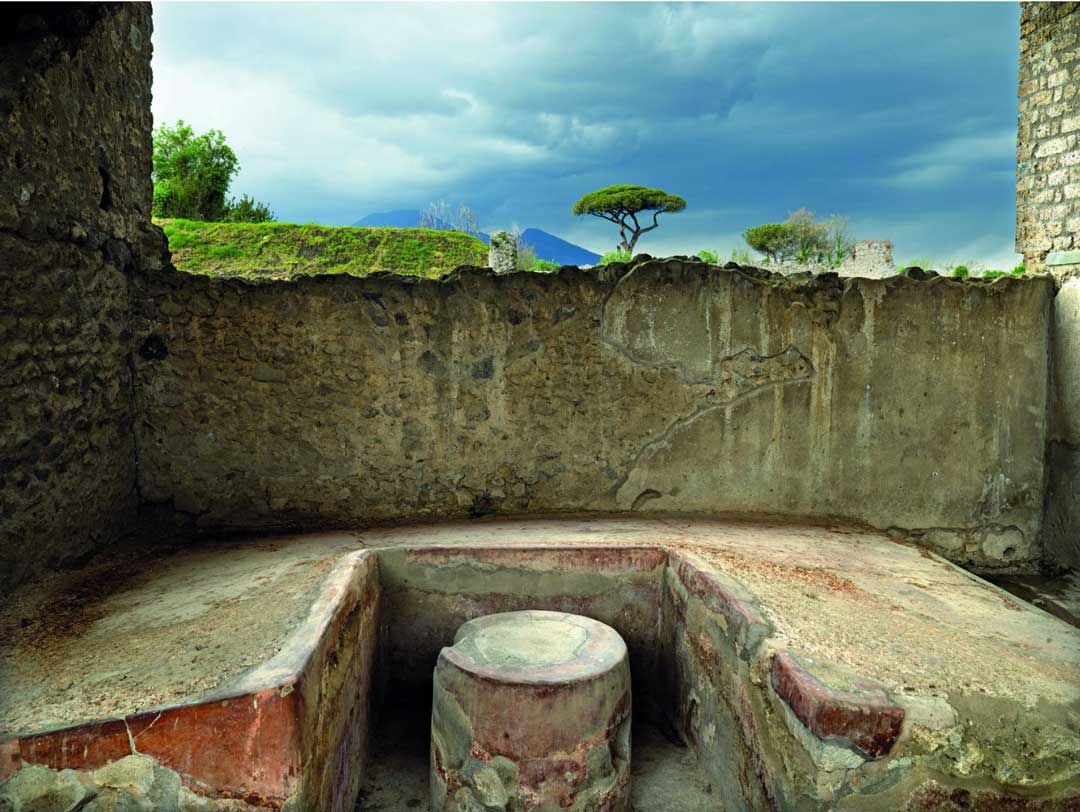
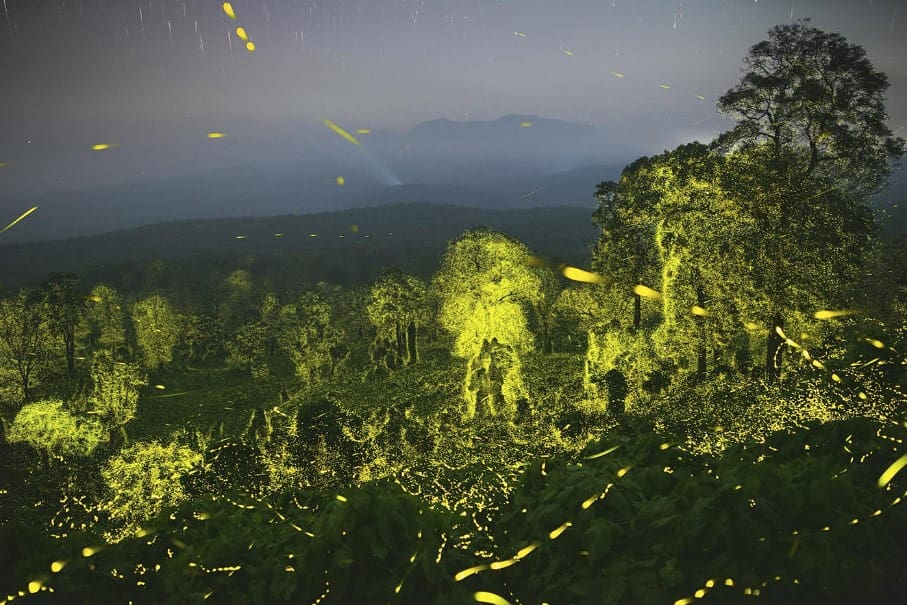



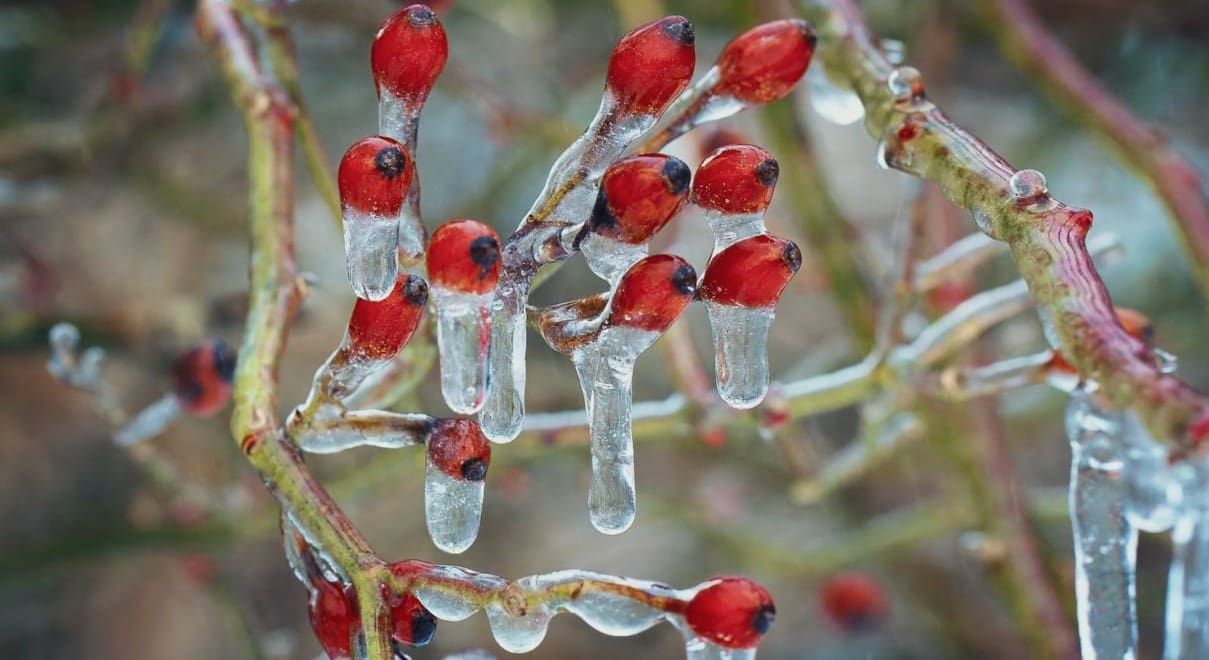
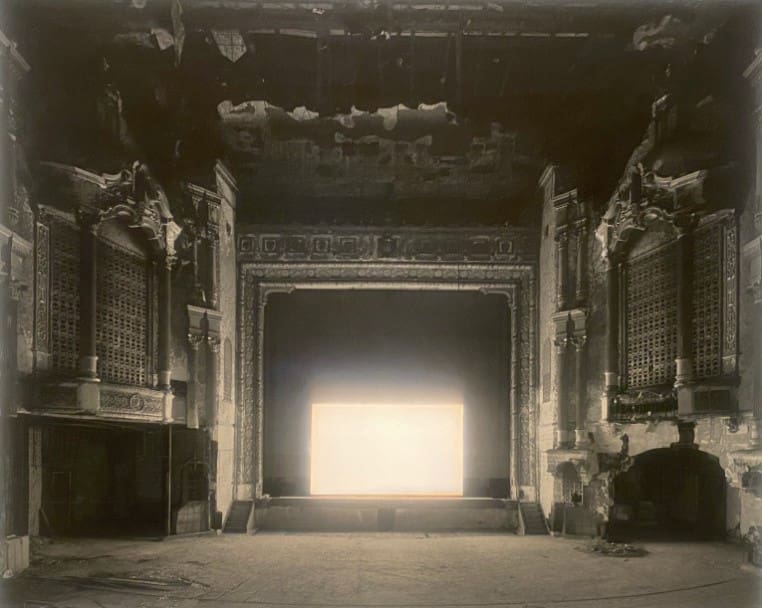
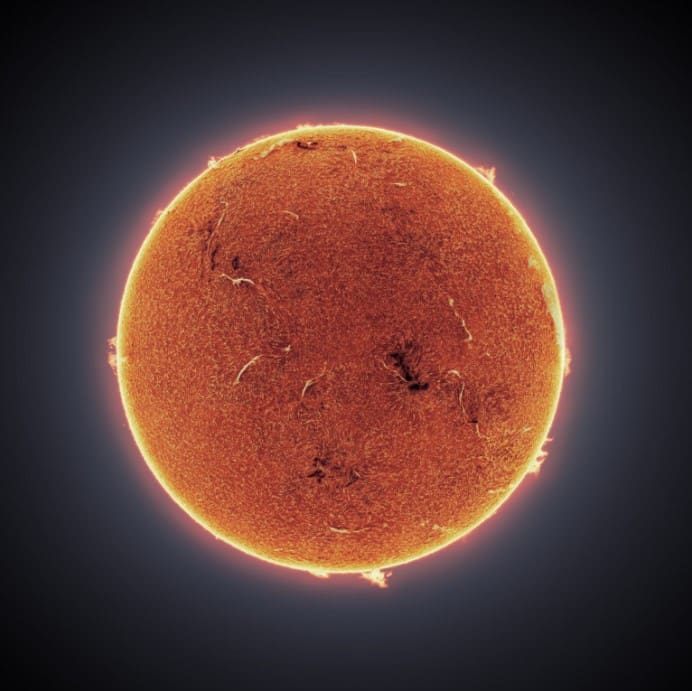
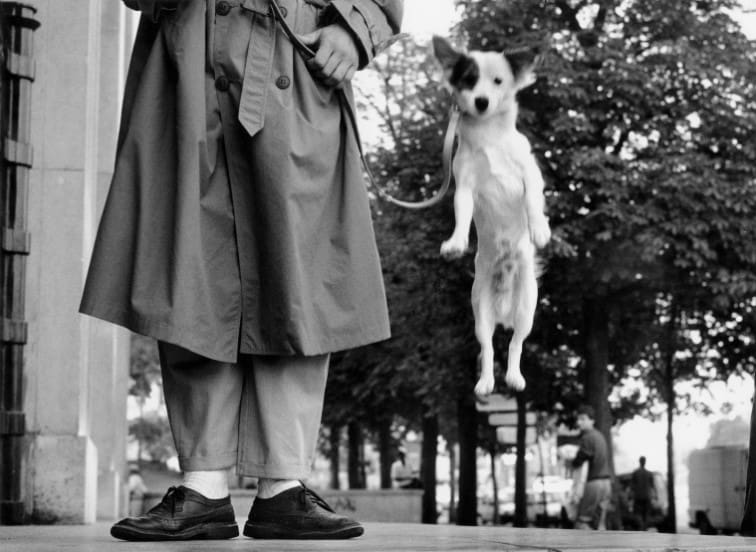
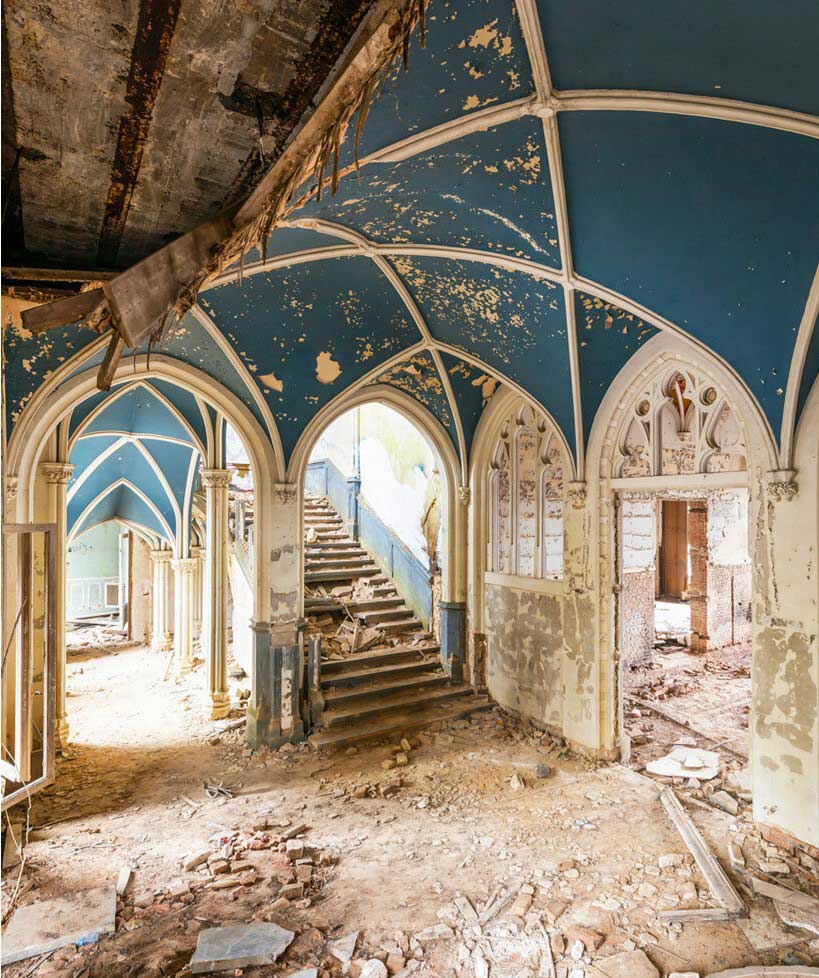

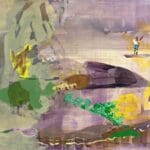
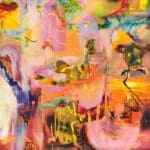



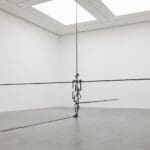
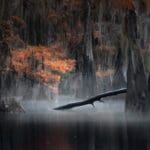

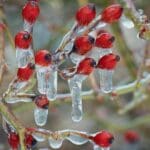
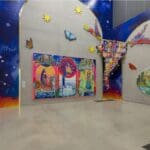



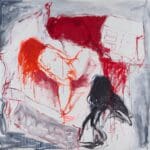

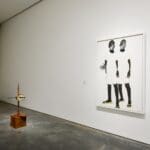
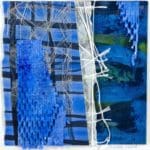



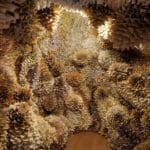

![Artist Shares Secrets of How To Draw Incredibly Realistic Portraits [Interview]](https://artistvenu.studio/wp-content/uploads/2023/12/Screenshot_242-150x150.jpg)





